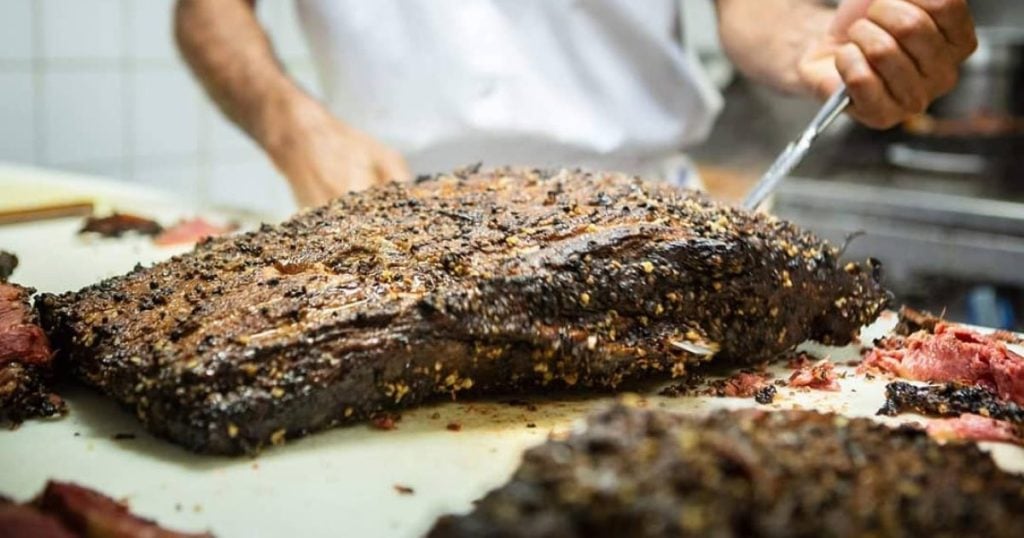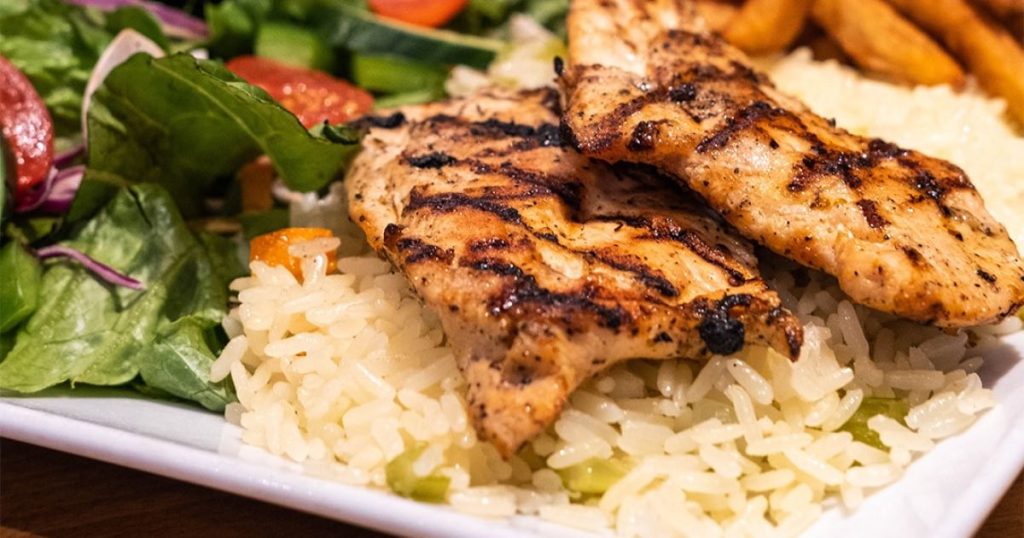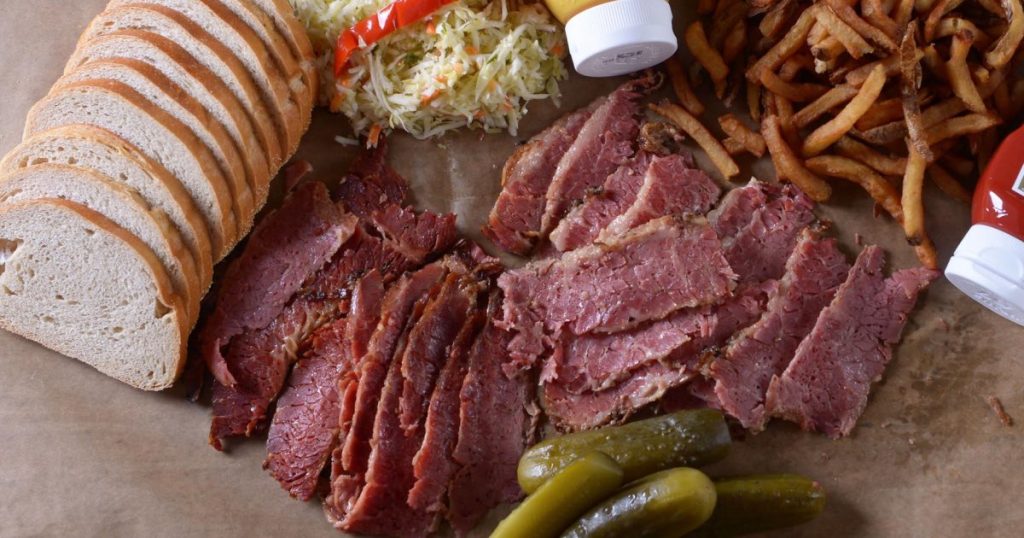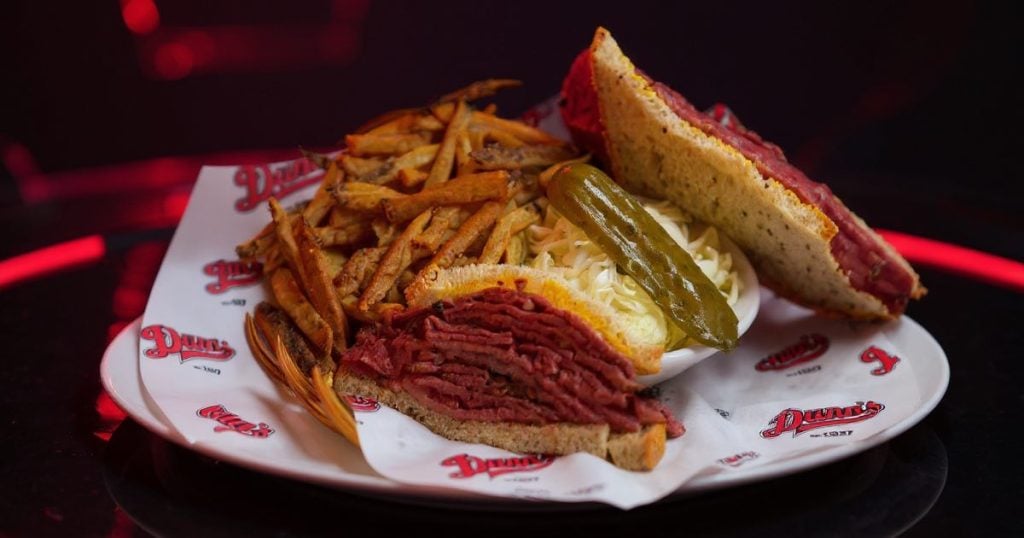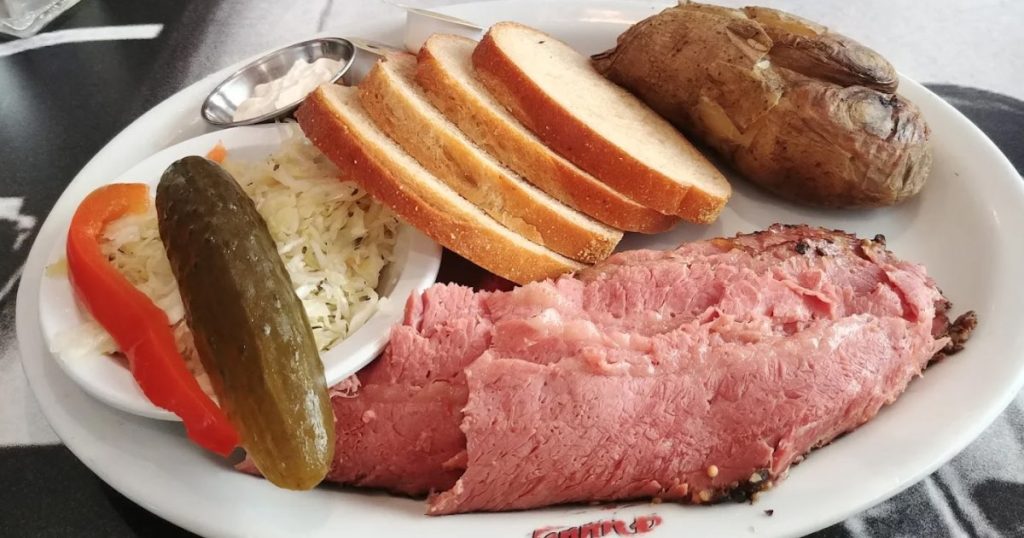When preparing meat for the smoker or grill, every chef faces the fundamental choice: a dry rub or a marinade? Both methods add flavor, but for low-and-slow smoking, their results are drastically different.
We’re settling the score today. The best choice depends entirely on the cut of meat and your desired outcome. However, if your goal is classic, authentic smoked meat, meaning an incredible exterior crust and maximum smoke flavor, one technique is the clear winner.
Keep reading!
What is a Dry Rub?
A dry rub is a mixture of granular ingredients, primarily salt, sugar, and various spices like paprika, chili powder, and pepper, applied directly to the meat’s surface. Its main goal is to season the exterior intensely and, most importantly, create the famous “bark” (a dark, crispy, flavorful crust) during the long cooking process.
The salt in the rub is the essential element, as it draws out moisture from the meat’s surface, which then mixes with the spices, forming a highly concentrated brine that reabsorbs into the outer layer. This process, known as dry brining, is key to the rub’s success.
What is a Marinade?

A marinade is a liquid-based blend, typically composed of oil, acid, such as vinegar, citrus, or wine, and various seasonings. The primary goal of a marinade is two-fold: to tenderize tough or dense cuts and to add surface moisture. The acid gently breaks down the proteins on the meat’s surface, softening the texture.
However, it’s crucial to understand the mechanism: research shows that the liquid and most flavors do not penetrate deeply into the muscle fiber, usually only a few millimeters, meaning the tenderizing and flavoring effects are primarily limited to the exterior.
Why Dry Rubs Win for Smoking
If you are cooking the classic barbecue cuts, like brisket, pork ribs, or pork shoulder that are destined for hours in the smoker, the consensus favors the dry rub.
Here’s why the dry method is superior for low-and-slow smoking:
1. Bark Formation is Key
The bark is the flavorful, dark, crunchy crust that gives traditional smoked meat its iconic texture and appearance. Dry rubs create the ideal environment for bark formation because:
- The dry spices promote the Maillard reaction (browning).
- The sugar in the rub caramelizes slowly under smoke, building the deep color and crunch.
- A dry surface is essential for the crust to develop.
2. Avoiding the “Steaming” Effect
Liquid marinades introduce significant moisture to the meat’s exterior. When this meat goes into the smoker, the heat first has to work hard to evaporate all that surface moisture. This creates a pocket of steam around the meat, which prevents the bark from forming and slows down the smoking process. It can also dilute the smoke flavor that the meat is trying to absorb.
3. Best for Fatty Cuts
Traditional smoked meats are already well-marbled with fat. This fat melts slowly during the cooking process, tenderizing the meat from the inside. Therefore, these cuts do not need the surface tenderizing action offered by a marinade.
When a Marinade is the Right Choice
While the dry rub rules the smoker, marinades still have a valuable place in your kitchen, specifically for:
- Tenderizing Tough Cuts: Marinades shine when used on thinner, tougher cuts like skirt steak or flank steak, where the acidic properties can effectively tenderize the surface before a quick grill session.
- Leaner Meats: Cuts like boneless, skinless chicken breasts or pork tenderloin benefit from a liquid marinade, which helps keep them moist and prevents them from drying out during high-heat cooking.
- Quick Cooking: If you are grilling hot and fast, and creating a bark isn’t the primary goal, a flavorful marinade works quickly to infuse taste.
Advanced Technique: Layering the Flavor
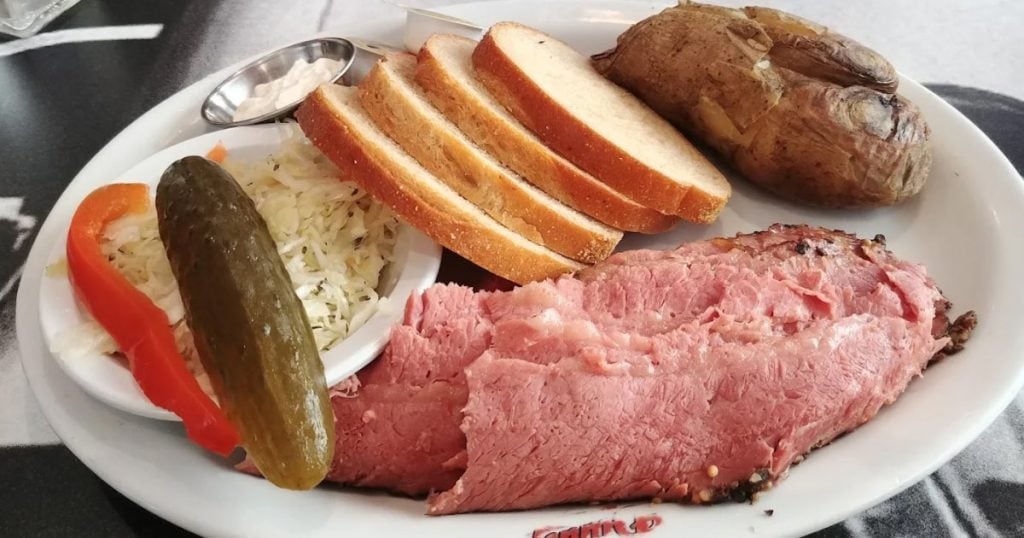
For those who truly want the best of both worlds, tenderizing and deep flavor plus the classic bark, you can use a strategic combination:
- Marinate the meat for several hours to infuse a flavor base and tenderize the surface.
- Pat Dry: This is the critical step. You must thoroughly pat the meat completely dry using paper towels to remove all excess surface moisture.
- Apply Dry Rub: Apply the dry rub just before the meat goes into the smoker to ensure the dry environment needed for the bark to form.
Conclusion
The debate of dry rub versus marinade comes down to understanding your meat and your cooking method.
If you are smoking a large, fatty cut and aiming for that classic bark and deep, smoky flavor, stick with a dry rub. It minimizes moisture and creates the perfect surface texture. If you’re tackling a lean, thin cut that needs tenderizing and moisture, a marinade is your best tool.
While mastering the rub and the smoking process is rewarding, sometimes you just need to experience perfection without the 12-hour commitment. Dunn’s Famous in Montreal serves up the iconic smoked meat sandwich, a true cultural staple that proves why some flavors are best left to the experts. S
top debating techniques and start savoring tradition.
FAQs
Q1. Which seasoning method is generally better for low-and-slow smoking?
Dry rubs are superior for low-and-slow smoking of large cuts like brisket and ribs. They help create the desirable crispy exterior known as “bark.”
Q2. Why are marinades discouraged for traditional smoking?
Marinades add excessive moisture to the surface. This moisture can steam the meat instead of allowing smoke to penetrate, which prevents the essential bark from forming.
Q3. What is the main benefit of using a dry rub?
A dry rub’s main function is to form a thick, flavorful bark (crust) through caramelization and the Maillard reaction, and to season the surface intensely.
Q4. When should I use a marinade instead of a dry rub?
Use a marinade for leaner, tougher, or quicker-cooking cuts like flank steak, skirt steak, or chicken breast, as the acid helps tenderize the surface.
Q5. Can I use both a marinade and a dry rub?
Yes, you can layer them! Marinate first for flavor depth, then pat the meat completely dry, and finally apply the dry rub just before smoking to ensure bark development.
